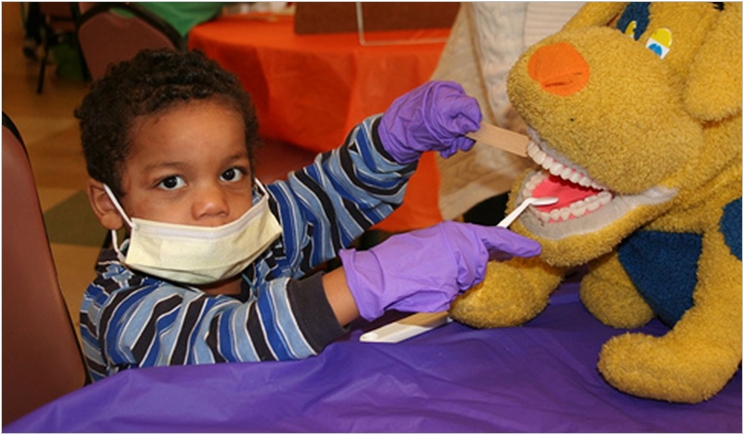
This February, dentistrytoday.com celebrates National Children’s Dental Health Month with news stories, interviews, and blogs all about safeguarding pediatric oral health. #NCDHM
There is an ancient Chinese proverb that tells us, “The average doctor treats actual sickness, the good doctor attends to impending sickness, and the great doctor prevents sickness.”
For as long as the practice of dentistry has been in existence, we have spent most of our time and resources on “treating the actual sickness.” Of the billions of dollars spent each year by our patients, most is exhausted on treating dental caries and its destructive effects.
I believe that we all went to dental college with the aspiration of being a great doctor. But if we ascribe to the proverb above, which doctor are we? We strive every day to do our very best for our patients. Yet there is so much tooth decay, and so many of our days are spent drilling and filling.
Our efforts with each of our patients should be to prevent the “sickness,” dental disease. Our goal is a day with no dental disease, so we continue to move forward with advances in methods and technology for prevention as well as early detection.
The Role of Prevention
Prevention and early caries detection have the most impact for our children. It is a well known fact that the oral flora of a newborn baby does not contain any cariogenic bacteria. No cariogenic bacteria means no caries, and it is desirable to maintain that. So, let us focus on the prevention of the infection.
Children can become infected with cariogenic bacteria through a vertical transmission, such as parent or caregiver to child, or horizontal transmission, such as child to child. We know that in most instances the infection is through a vertical transmission from mother to child.
The mother, who has a high cariogenic bacterial load, will infect her child by sharing saliva through kissing and sharing food. What we don’t know how to do, or rather don’t know how to do effectively, is prevent that transmission.
This mother-child transmission prevention is known as a primary-primary prevention. It is the most effective prevention for our children. We can advise mothers not to share saliva, but what mother will not kiss her child for fear of transmitting Streptococcus mutans? We can treat the mother for her bacterial load, but our methods are cumbersome and often unpredictable.
If a child is infected with cariogenic bacteria, primary prevention is our goal. This is the prevention of disease before it has onset. We have many tools at our disposal, including behavioral modification, antibacterials, xylitol, fluoride, calcium and phosphate, and probiotics. Much has been written about the efficacy of each preventive modality and about which is best.
If we miss the opportunity for primary-primary prevention and the child becomes infected, and if we miss the opportunity for primary prevention strategies and a child develops a carious lesion, we are left with secondary prevention. The same preventive modalities are used as in primary prevention.
Many of us and our children are carriers of cariogenic bacteria, so many of us have carious lesions and restorations. It is challenging to treat the bacterial load once it is established, and even more challenging also to change behaviors such as oral hygiene and diet. But it is possible. Caries is 100% preventable.
Our message to our patients must be unified and strong. As a profession we must continue to strive for that preventive strategy, modality, or combination that is truly effective and suitable for our patients to follow. One day we will be have the magic bullet for prevention.
In the end, we all work with our hearts our heads and our hands to prevent, attend to, and treat the sickness in our patients.
Dr. Cohn graduated from the University of Manitoba in 1991 and completed a postgraduate internship in pediatric dentistry at Health Science Centre Children’s Hospital in Winnipeg, Manitoba, Canada. Her private practice at Kids’ Dental is focused on prevention and the growth and development of a cavity-free generation. She has also been a part-time clinical instructor of pediatric dentistry at the University of Manitoba for more than 20 years. She is a member of several dental organizations and has served on the Dean’s Faculty of Dentistry Advisory Board at the University of Manitoba Faculty of Dentistry since its inception in 2010. She is active as a current board member for the Manitoba Dental Association and is serving as its president for the 2016 to 2017 term as well. She can be reached at drcohn@shaw.ca.
Related Articles
SDF Alternatives Examined for Treating Childhood Caries
Thirty Percent of Kids Miss School Due to Oral Health Problems










